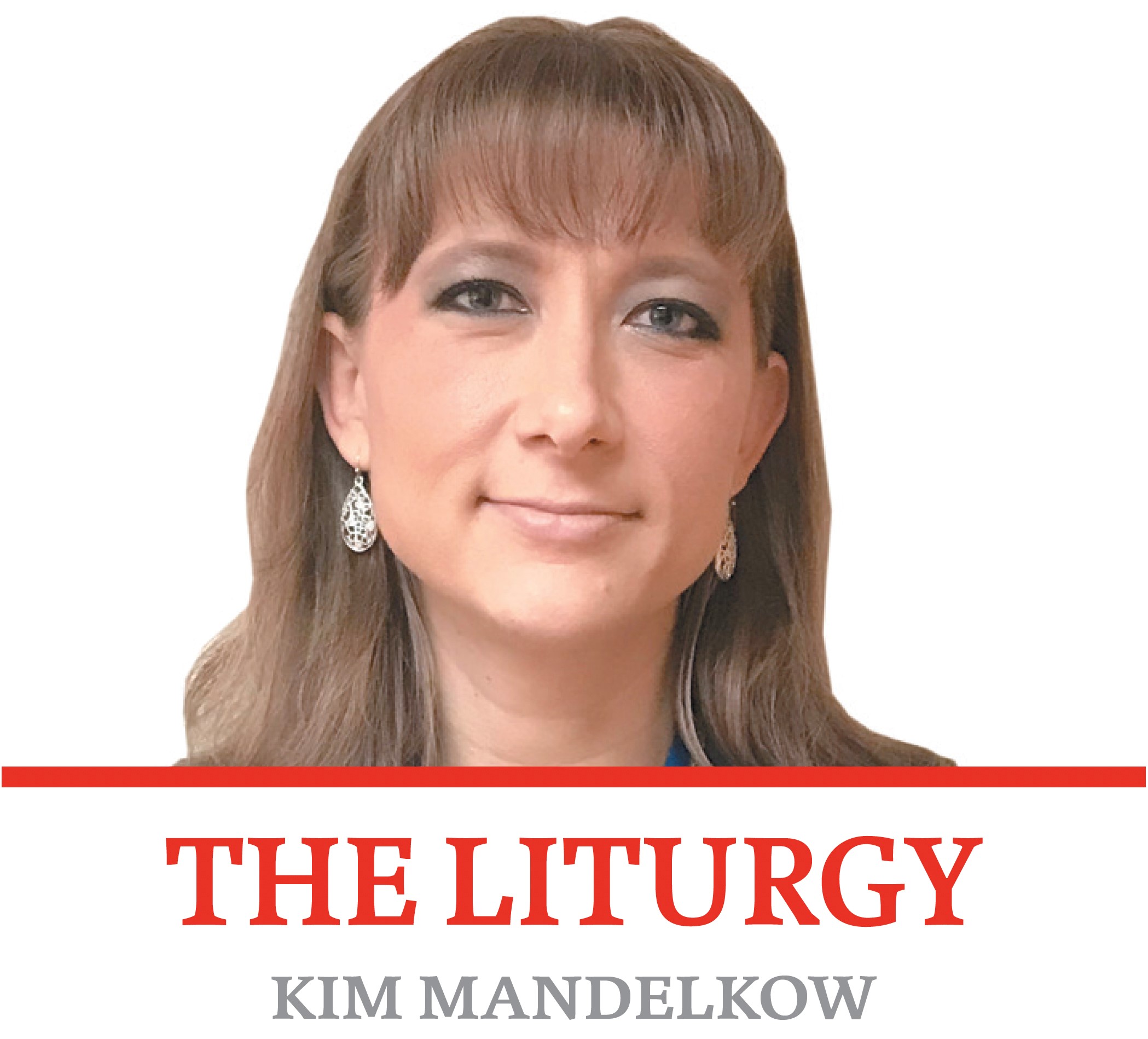The Liturgy
Throughout the history of the Church, followers of Christ have used music to proclaim the Gospel and to give thanks to God. Praising God in public worship through psalms, hymns and spiritual songs dates back to the letters of Paul. The early Church was a singing Church, and song was not an accompaniment to worship but rather worship itself. Thus, music was a means of access to the Holy One and singing was a means of studying Scripture and attaining an understanding of it.
The early Church drew on its Hebrew heritage in worship and music. We know from the Gospel that the Last Supper concluded with a hymn. Paul and Silas sang hymns while they were held in prison in Philippi. In the second century, Roman Emperor Trajan received a letter from Pliny the Younger, magistrate of Rome and fierce persecutor of Christians, describing the habits of Christians, one of which was singing in alternation a hymn of Christ “as if he were God.” This singing was what Paul writes about in Colossians 3:16: “Let the word of Christ dwell in you richly, as in all wisdom you teach and admonish one another, singing psalms, hymns and spiritual songs with gratitude in your hearts to God.”
Let us take a closer look at these “psalms, hymns and spiritual songs.”
Psalms
The music for the psalms of the early Church wasn’t what we know it to be today. They were usually sung antiphonally, that is by alternating choirs, one on each side of the room. Each “choir” sang in unison, usually a single line of music to which the text was set. Psalms were used for personal devotion and even young Christians were expected to memorize them. The singing of the psalms was used extensively within worship services, and before the codification of the liturgical rites, the singing of psalms was worship, a form of worship that continues in the Liturgy of the Hours and is used by religious communities throughout the world today.
Hymns
In the early Church, hymns were typically New Testament songs. “O Gladsome Light (Phos Hilaron)” was one of the first hymns; originally written in New Testament Greek, it was referred to as the “lamp-lighting hymn” because as Christians gathered at night for fear of persecution, they had to light the lamps in order to see. While originally written to accompany that action, its text speaks of Jesus Christ, who is the radiance of the Father’s glory (Hebrews 1:3) and who is also the true light, who is and always has been in the world, enlightening every man coming into the world, a clear reference to the first verses of John’s Gospel. Its theology is very rich, mentioning that as we see the setting of the earthly sun, we also apprehend spiritually the light of evening, that is, the “light of the world” which “shines in the darkness” of the present world.
Spiritual Songs
Spiritual songs were jubilations based upon the “Alleluia” or another sacred word. The word “Alleluia” or “Hallelujah” is a combination of two Hebrew words, “hallel” meaning praise and “jah” meaning God. These songs were melismatic in character, meaning that several notes were sung to one syllable. Sometimes consisting of no other words except Alleluia, these songs were composed with the idea that the human voice was the perfect instrument of praise.
Music in the Church Today
The liturgy as we know it is richly influenced by prayer of the monastic tradition. In other words, monks composed and made extensive use of chant, which eventually became the official music of the Church. In the 2007 document, “Sing to the Lord: Music in Divine Worship,” a United States Conference of Catholic Bishops instruction on music, it says that chant holds “pride of place” in the liturgy.
Many of our great hymns today are based on some of the most beautiful chants sung by monks in Latin. Single-line chant melodies eventually developed into polyphony somewhere between the seventh and 10th centuries. By the 11th century, Gregorian Chant contributed to the wonder and awe, beauty and mystery of the liturgy; however, the assembly was silent, and the “psalms, hymns and spiritual songs” sung in the language of the people were a rarity.
By the beginning of the 19th century — the Classical period in music history — composers such as Mozart, Haydn and Beethoven enriched the music of Christian worship. The ideals of this time period included simplicity, expressiveness and universal appeal — ideals that gave way to the singing of more hymns in the context of worship. The later Romantic Period sought “freedom, movement, passion and endless pursuit of the unattainable,” as well as an accent on individualism in all areas of life, including worship.
The ideals of the Romantic Period consequently led to the introduction of new and different types of music to the liturgy. Eventually, vernacular hymns started to make their way into the Catholic Church, but they were typically used only at celebrations of pious devotions like processions of the Blessed Sacrament, recitation of the Rosary and other Marian prayers.
The tradition of music in the liturgy has continued to develop over time, leading to the rich musical tradition we have as a Church today. Additionally, one of the gifts of Holy Mother Church is the encouragement of the assembly to “the full and active participation by all the people,” which is “the aim to be considered before all else, for it is the primary and indispensable source from which the faithful are to derive the true Christian spirit.” (Constitution on the Sacred Liturgy, #14) The quality of that participation in the liturgy comes with the raising of our minds, hearts and voices in the singing of “psalms, hymns and spiritual songs.”
Let us sing a new song to the Lord.

